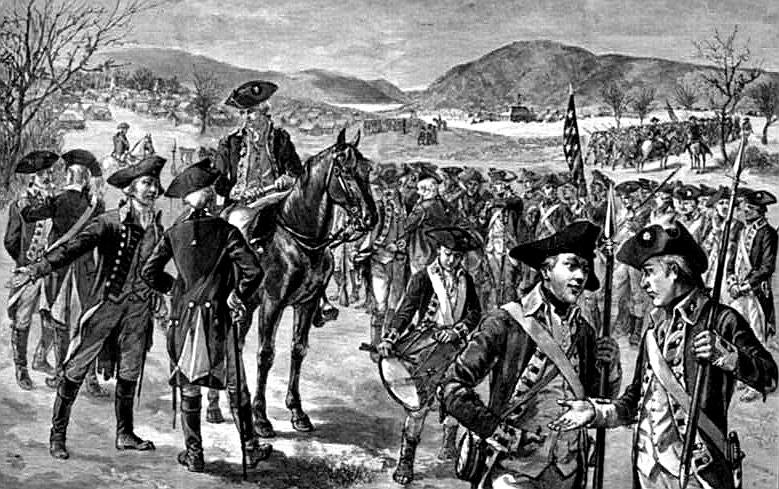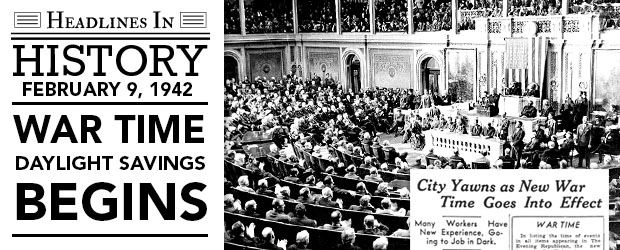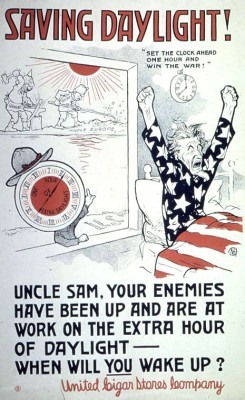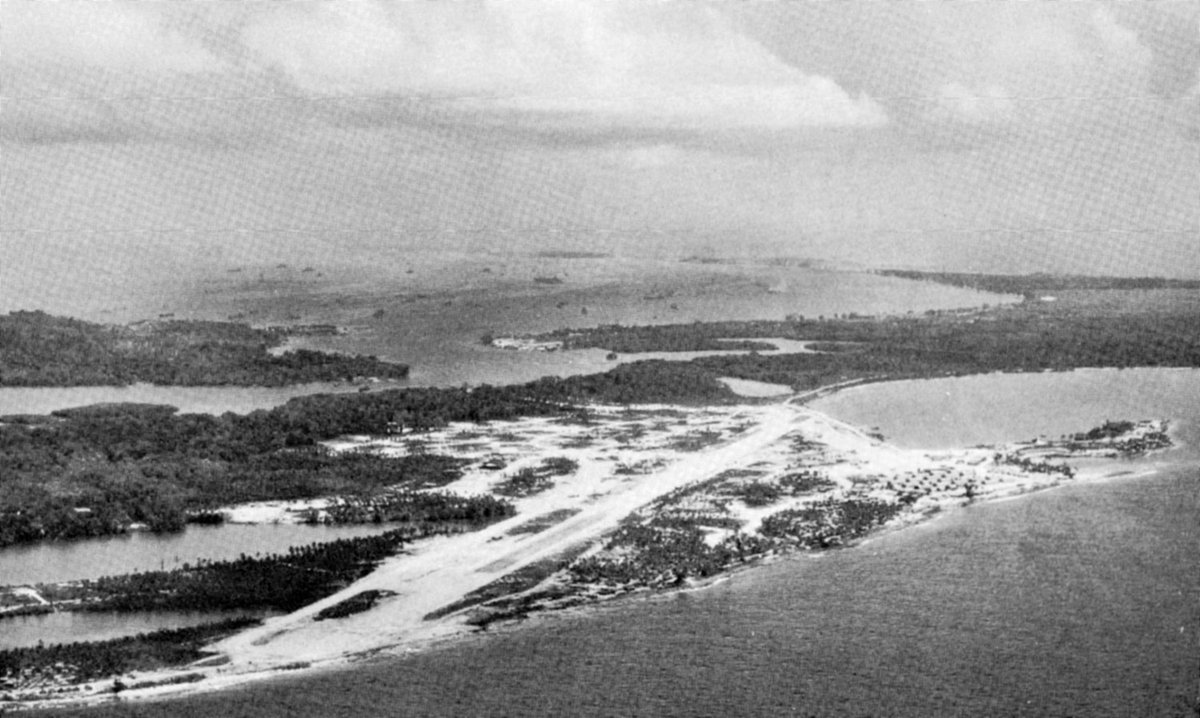
TRIVIA TUESDAY: The Victory Book Campaign
The Victory Book Campaign (VBC) was a nationwide book drive est. in 1941 by the American Library Association, the American Red Cross, and the United Service Organizations (USO). It provided books to those serving overseas during #WWII
The Victory Book Campaign (VBC) was a nationwide book drive est. in 1941 by the American Library Association, the American Red Cross, and the United Service Organizations (USO). It provided books to those serving overseas during #WWII

The VBC’s first national director was Althea Warren. She took a leave of absence from her job as head librarian of the Los Angeles Public Library to oversee the campaign. Warren contacted librarians across the country to volunteer with her. #WomensHistoryMonth @USArmy @TRADOC
Warren created specialized committees to handle the VBC’s publicity, book collection, and book distribution. She got other organizations to participate in the VBC, including book publishers, universities, the Works Projects Association, and the Boy Scouts and Girl Scouts. 

By March 1942, the 6.5 million books had been amassed, and by the end of the year the campaign had rounded up over 10.8 million books. The VBC provided a valuable service to the U.S. Army, and gave Americans an easy way to support the war effort.
#MilitaryHistory @TradocCG
#MilitaryHistory @TradocCG
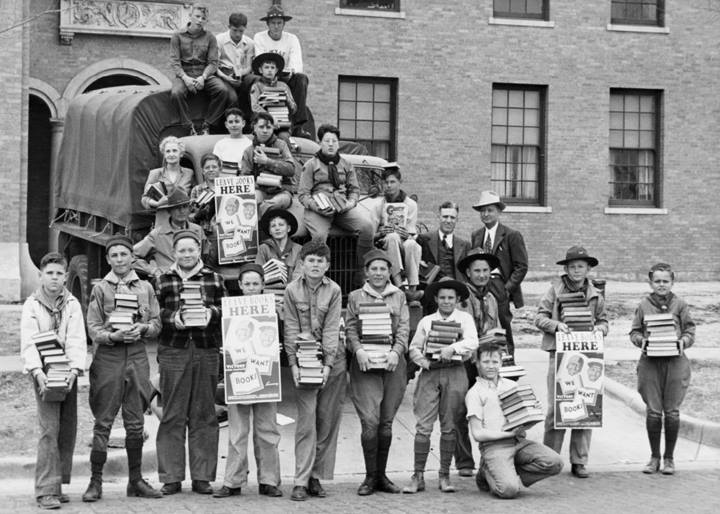
“One of the principal morale activities of the American Army in the Second World War was the distribution of books and the provision of library services to soldiers,” --John Jamieson, then assistant executive officer of the library branch of the Army’s Special Services Division.
Althea Warren went on to become president of the American Library Association in 1943–44. For more information about the Victory Book Campaign see redcrosschat.org/.../from-the-a…
#Libraries #USO #AmericanRedCross #ArmyWomensMuseum @SecArmy
#Libraries #USO #AmericanRedCross #ArmyWomensMuseum @SecArmy
• • •
Missing some Tweet in this thread? You can try to
force a refresh



